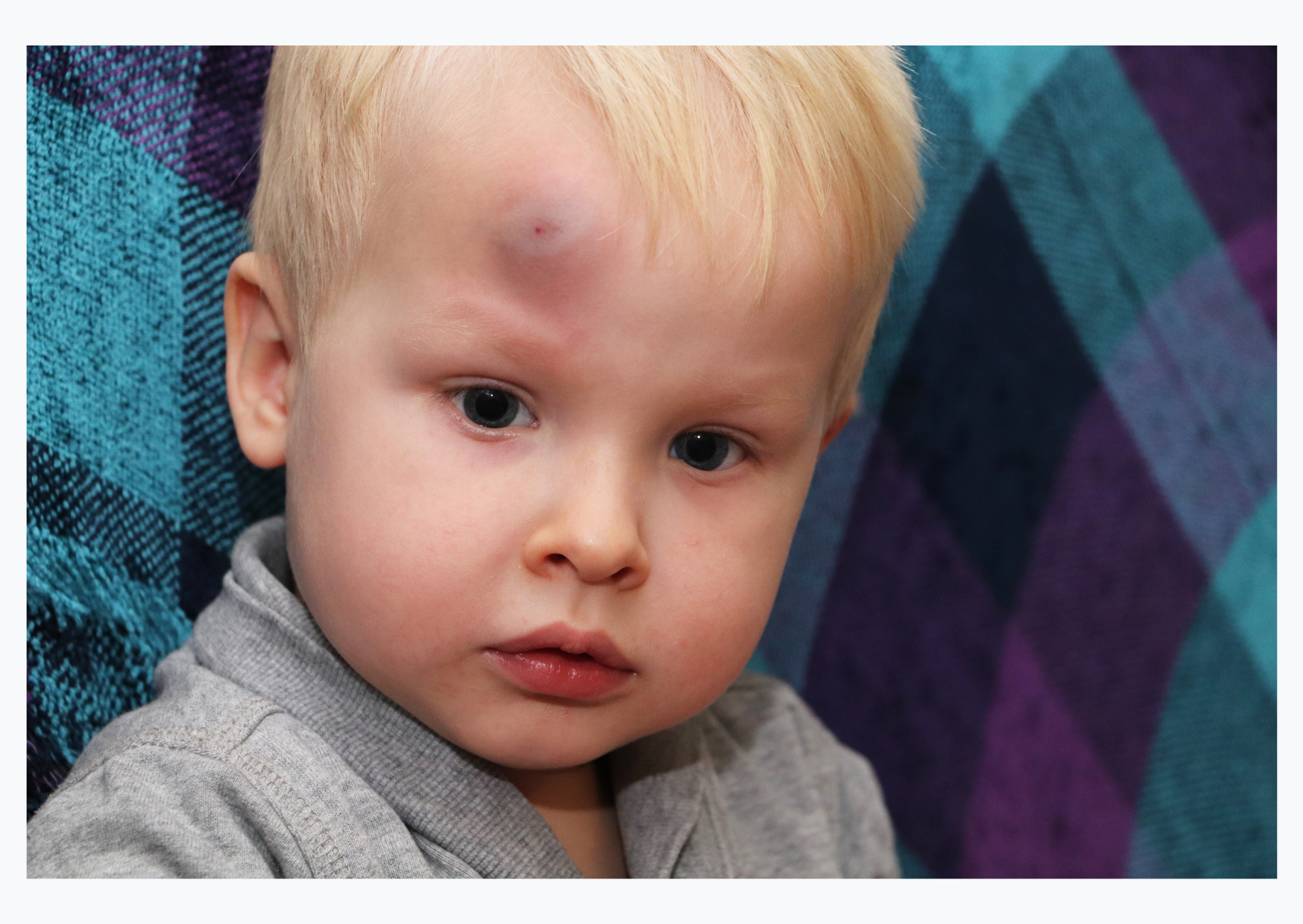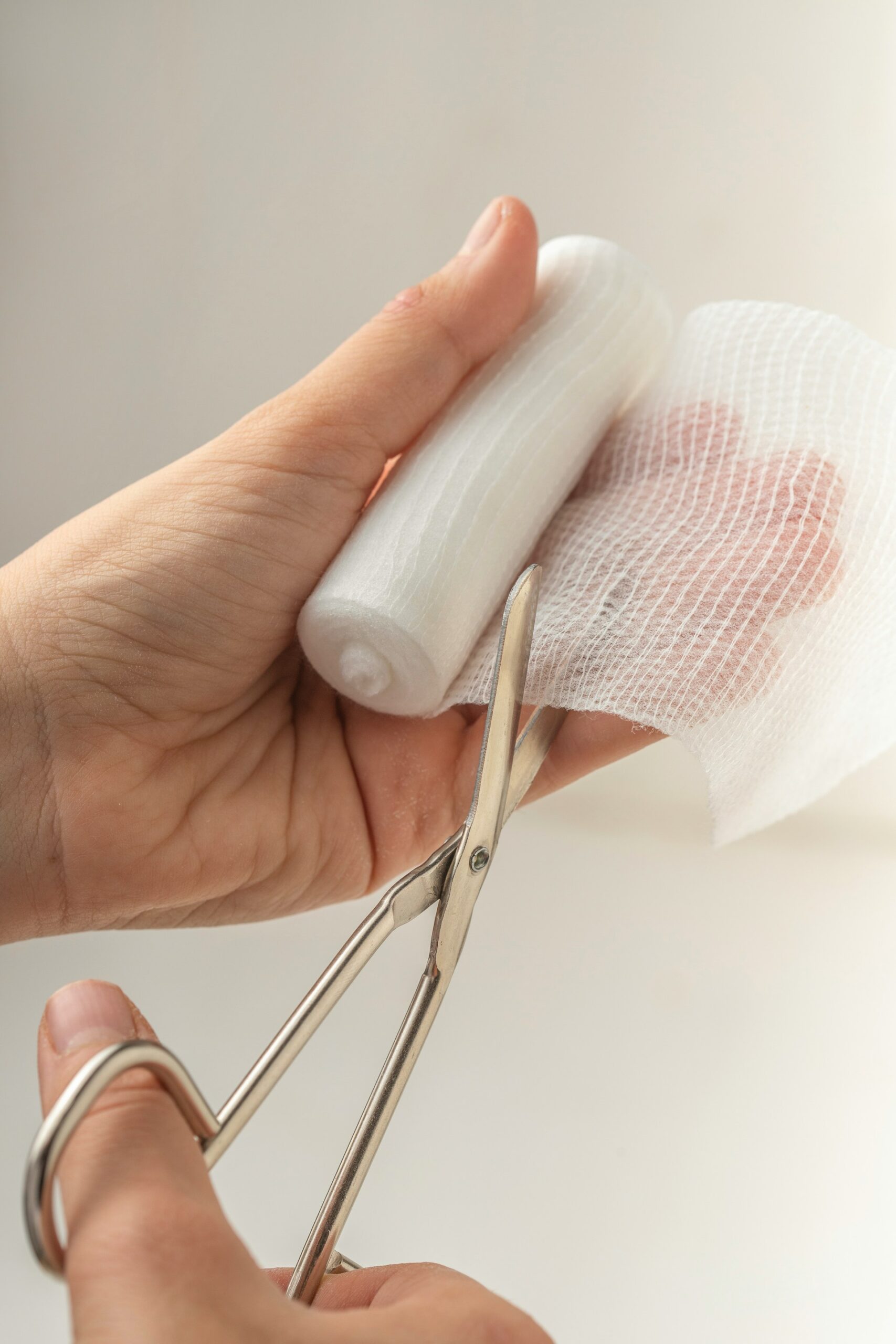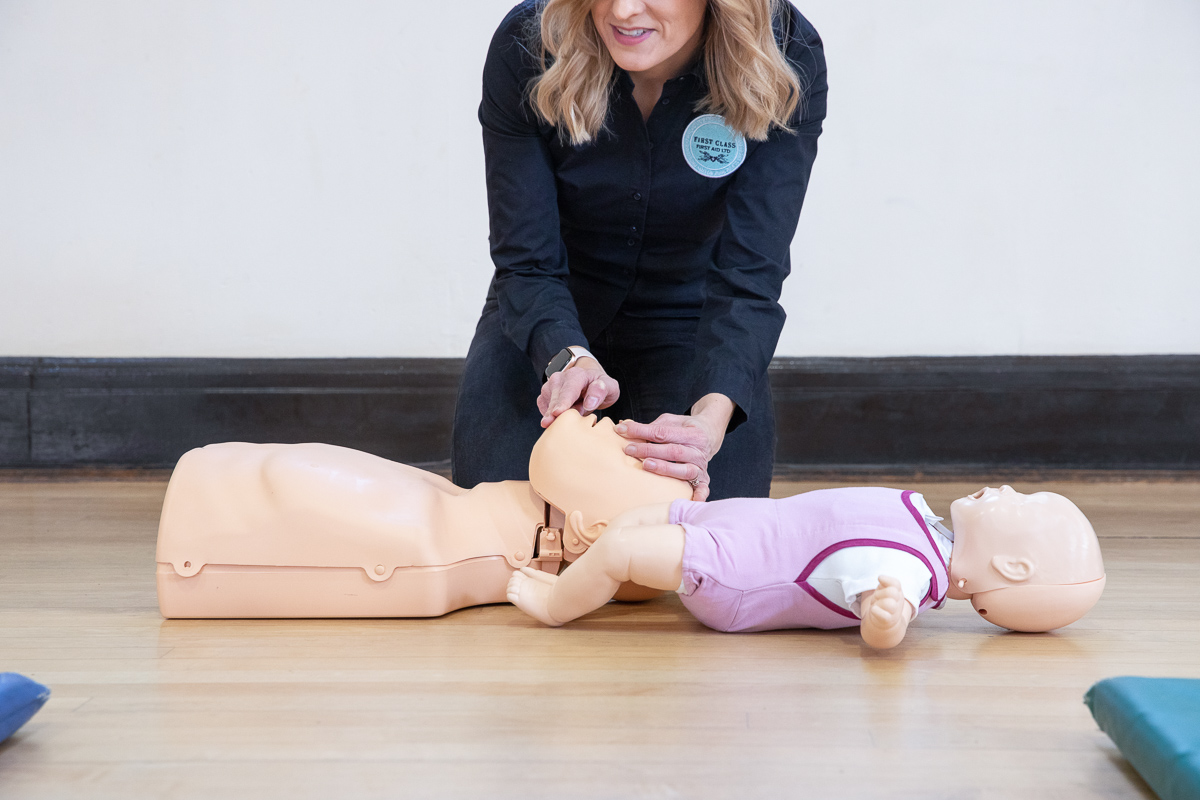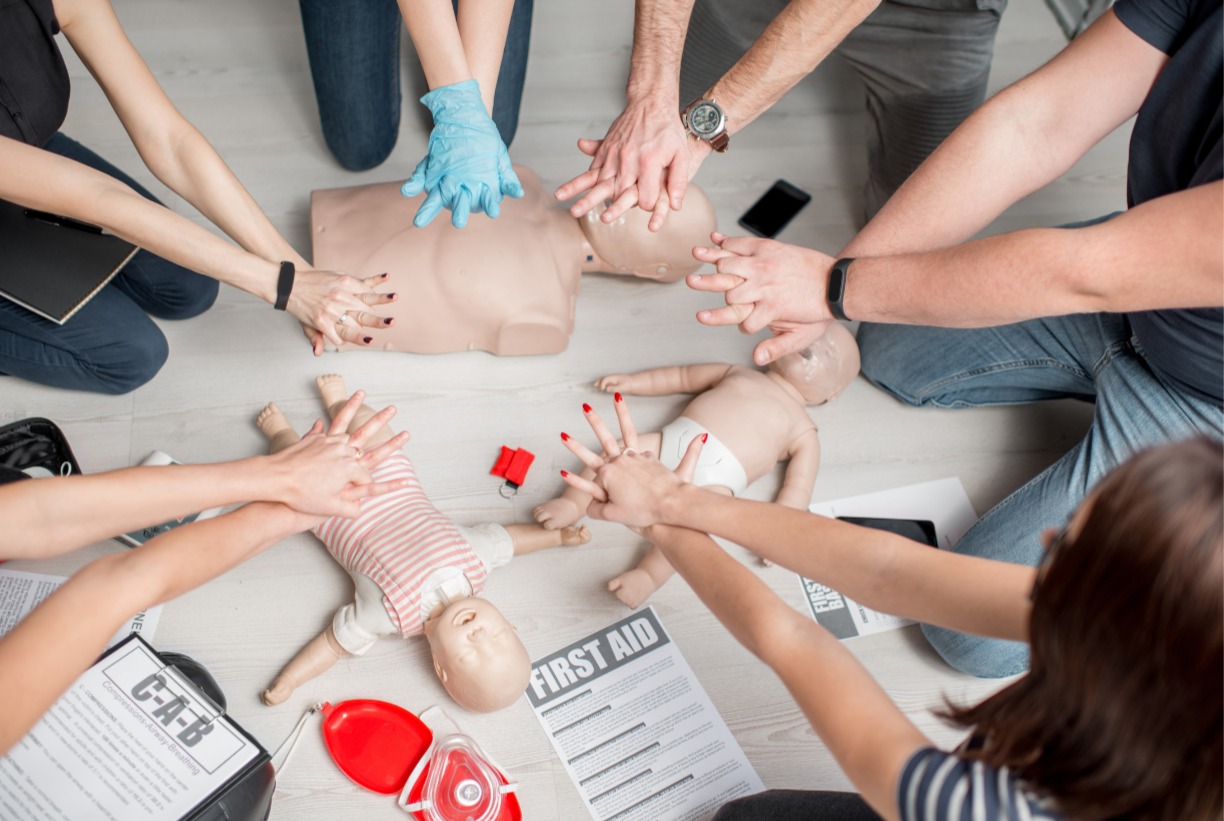If someone near you had a cardiac arrest, would you know where the nearest defibrillator is?
Most people don’t. Even though public access defibrillators (AEDs) are now a familiar sight, many of us wouldn’t know where to find one or how to use it. According to the Resuscitation Council UK, 80 percent of cardiac arrests happen at home. Only 38 percent of people know where their nearest AED is. That gap could make all the difference in an emergency.
You might have seen an AED outside a shop, school or community centre. These devices are designed so anyone can use them, even without training. But it’s still normal to feel unsure about what to do.
This blog explains what a public access defibrillator is, how it works, where to find one in Norfolk and what to expect if you ever need to use one.
At First Class First Aid, I want more people to feel ready to step in and help. With the right information, you can make a difference, even without formal first aid training.
What is a public access defibrillator?
An automated external defibrillator (AED) sometimes referred to as a defib or a public access defibrillator (PAD) is a portable, user-friendly device that can help restart the heart during a sudden cardiac arrest, a life-threatening condition where the heart’s electrical activity becomes chaotic. It works by analysing the heart’s rhythm and, if needed, delivering an electric shock to restore a normal heartbeat.
AEDs are specifically designed for use by members of the public, even if they have no prior first aid training. They provide clear, step-by-step voice instructions, meaning anyone can use them confidently and safely. The device will only deliver a shock if necessary, so there’s no risk of harming someone by using it.
While workplace and ambulance defibrillators serve a similar purpose, they are often more advanced and intended for use by trained personnel. Public access AEDs are located in community spaces so that anyone can act quickly in an emergency.
Why are AEDs so Important?

AEDs make a big difference when someone has a cardiac arrest. Here’s why:
- Acting quickly helps: Every second counts during a cardiac emergency. AEDs are placed in public places, workplaces and community spaces so people can step in straight away, even before the ambulance arrives.
- They’re easy to use: You don’t need training to use an AED. The device talks you through what to do and gives clear, calm instructions to help you feel more at ease.
- They improve survival: The sooner someone gets help, the better their chances. For every minute without CPR and defibrillation, the chance of survival drops by about 10 percent. Using an AED quickly can help save a life.
Why AEDs save lives
AEDs analyse the heart’s rhythm and deliver a shock if needed to restore a normal heartbeat.
When someone suffers a cardiac arrest, time is critical. Every minute that passes without defibrillation and CPR reduces the chance of survival by 10%. While NHS emergency services aim to arrive within 8 minutes for life-threatening calls, rural areas of Norfolk may experience longer response times.
This is why knowing how to find and use an AED can save lives. Quick action can greatly improve someone’s chances of survival.
Where to find a defibrillator in Norfolk
Public access defibrillators are becoming more common and can often be found in:
- Village halls and community centres
- Schools and sports clubs
- Outside shops and libraries
- Train stations and places of worship
As of December 2024, 22 Norfolk fire stations have registered defibrillators, contributing to wider community access across the county.
There is a national defibrillator network called The Circuit which provides the NHS ambulance service with information on defibrillators across the UK. For this reason, it is important to register your defib with The Circuit if you are a guardian. In conjunction with The Circuit, there is a defib map which shows up-to-date locations of all AEDs registered with The Circuit. Simply click the link and enter your location: Defib finder
AEDs are made for the public to use. You don’t need training, but knowing what to expect can help you feel more confident.
Tip: Take a moment to enter your postcode and note where your nearest defibrillator is, you never know when that knowledge might help save a life.
How to Use an AED: Step-by-Step Guide

AEDs are made for the public to use. You don’t need training, but knowing what to expect can help you feel more confident.
- Call 999: If you don’t know where the nearest defibrillator is, the call handler will guide you to one and talk you through how to use it.
- Turn the AED on: Open the case or press the power button. Some AEDs switch on automatically. The device will start talking and guide you step by step.
- Make sure the chest is bare and dry: Remove clothing and any medical patches.
- Attach the pads: Peel off the backing and stick the pads onto the chest, following the pictures.
- Let it analyse: The AED will ask you to stop CPR while it checks the heart. Stand clear and let it do this.
- Follow the prompts: If a shock is needed, the AED will tell you. Make sure no one is touching the person, then press the shock button. The AED will then tell you what to do next.
- Start CPR again: If the AED says to, carry on with CPR. Keep going until the person shows signs of life or the AED tells you to pause again. If they start breathing normally, place them in the recovery position and leave the AED attached. It will keep monitoring them while you wait for the ambulance.
Remember: You can’t hurt someone by using an AED. Taking action quickly is what matters most.
How First Class First Aid can help
Public access defibrillators are made for anyone to use, even without training. But learning how they work and when to use one can help you feel more confident if you’re ever faced with an emergency.
At First Class First Aid, I run practical, accredited training across Norfolk. These sessions cover CPR, how to use a defibrillator, and what to expect in real situations.
- Monthly courses at Harford Community Centre in Norwich
- On-site training available across Norfolk and nearby areas
- Suitable for workplaces, schools, nurseries and local groups
If you’re based in Norfolk and want to build your confidence or refresh your first aid skills, you’re welcome to get in touch or call 01603 336329.





